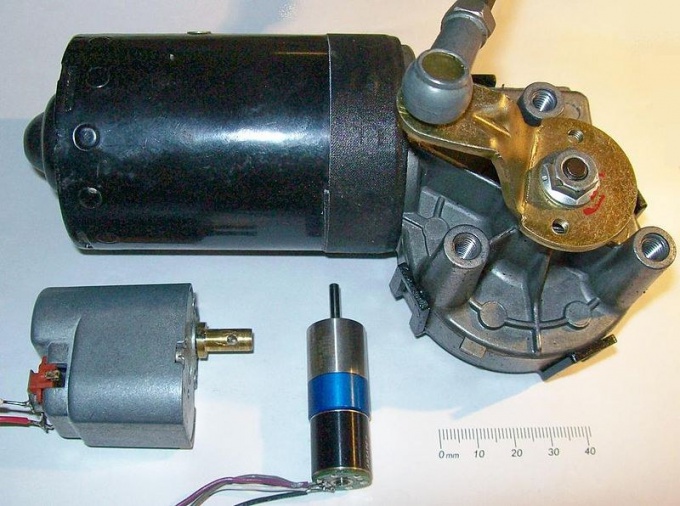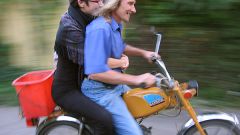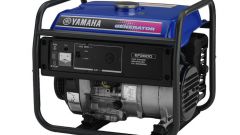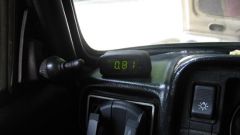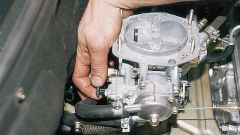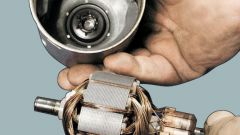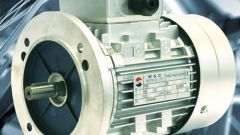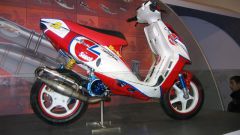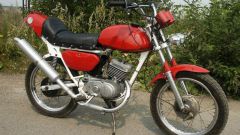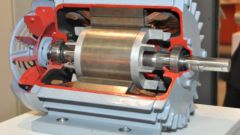Instruction
1
If the electric motor is a commutator, to increase its speed or increase the voltage or reduce the load on the shaft. But remember that, first, the power generated by the engine, in any case should not exceed that to which it was designed. And secondly, that many brushed motors, especially with sequential excitation, when working without load without reducing the voltage supply to accelerate to inadmissibly high speeds. Both threatened release of motor failure. Shunting of the field winding is a method to increase momentum, to resort to which is allowed is not always - it can cause a strong overheating of the engine.
2
Engines with electronic control windings, in which feedback is used often in properties very close to the manifold - is that they do not tolerate reverse polarity. If you had the electronic engine has the following properties, try to increase the speed of its rotation in the manner specified in the previous step, with all their respective limitations apply to this kind of motors.
3
The rotation frequency of induction motorfed directly from the mains, can also be adjusted by changing the supply voltage. But this method is extremely inefficient: the dependence of speed on voltage is very non-linear, varies greatly the efficiency. For motors of the synchronous type, this method is unsuitable. Therefore, it is better to use the so-called three-phase inverter. It allows you to regulate the speed not only asynchronous but also synchronous motors by frequency variation. Select a device of this type is that it provides in reducing the frequency of simultaneous reduction and voltage, to account for reduction of inductive resistance of the windings. There are inverters for single-phase motors with magnetic shunt, and a two-phase condenser motors.
Note
Avoid overheating, their spacing increased speed and insulation breakdown in high voltage (including self-induction).
